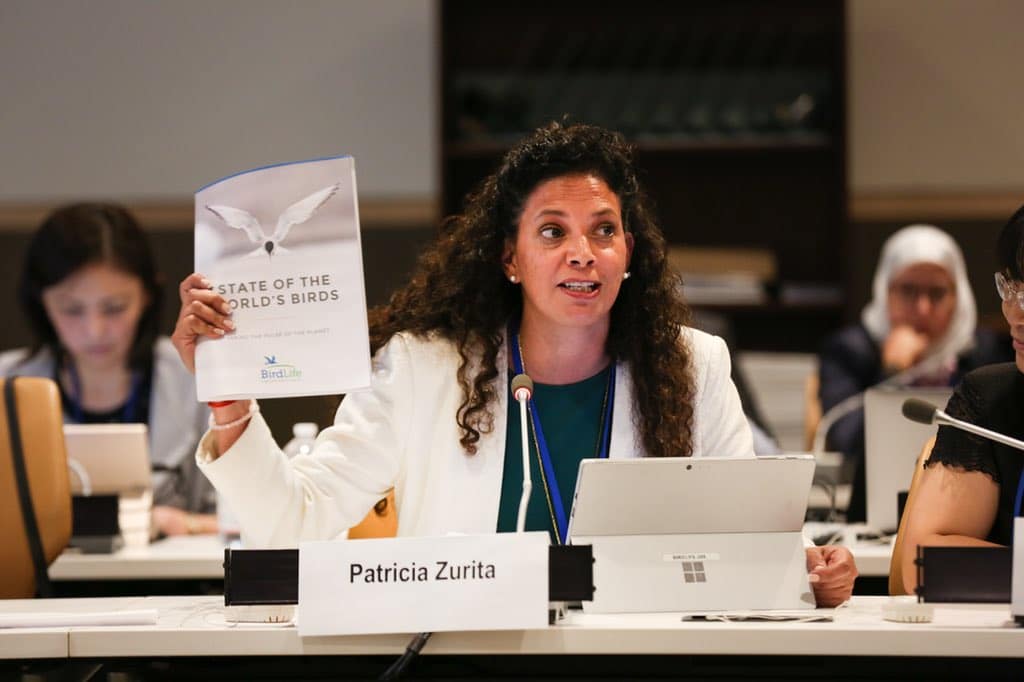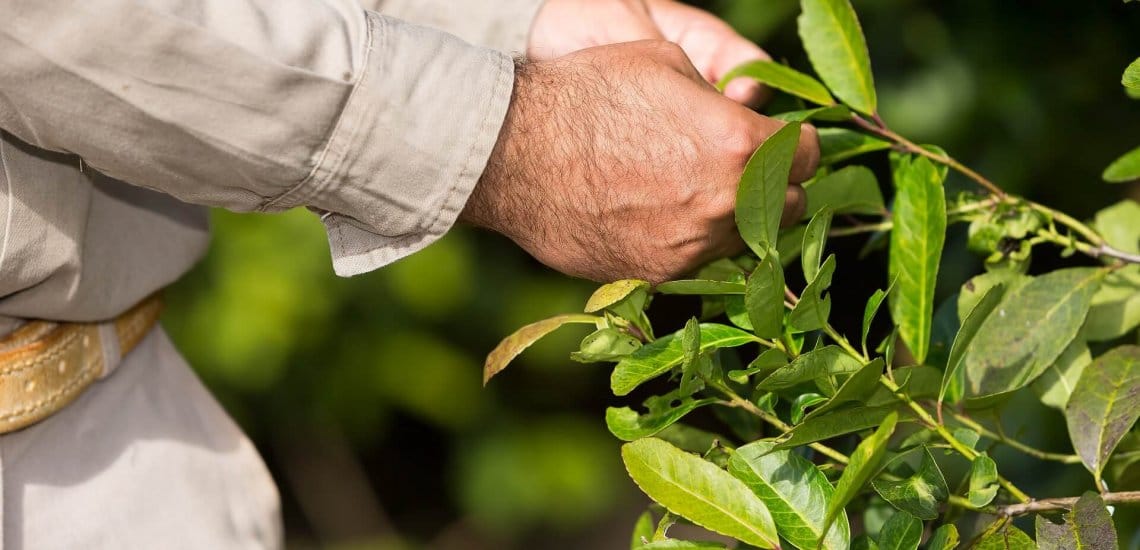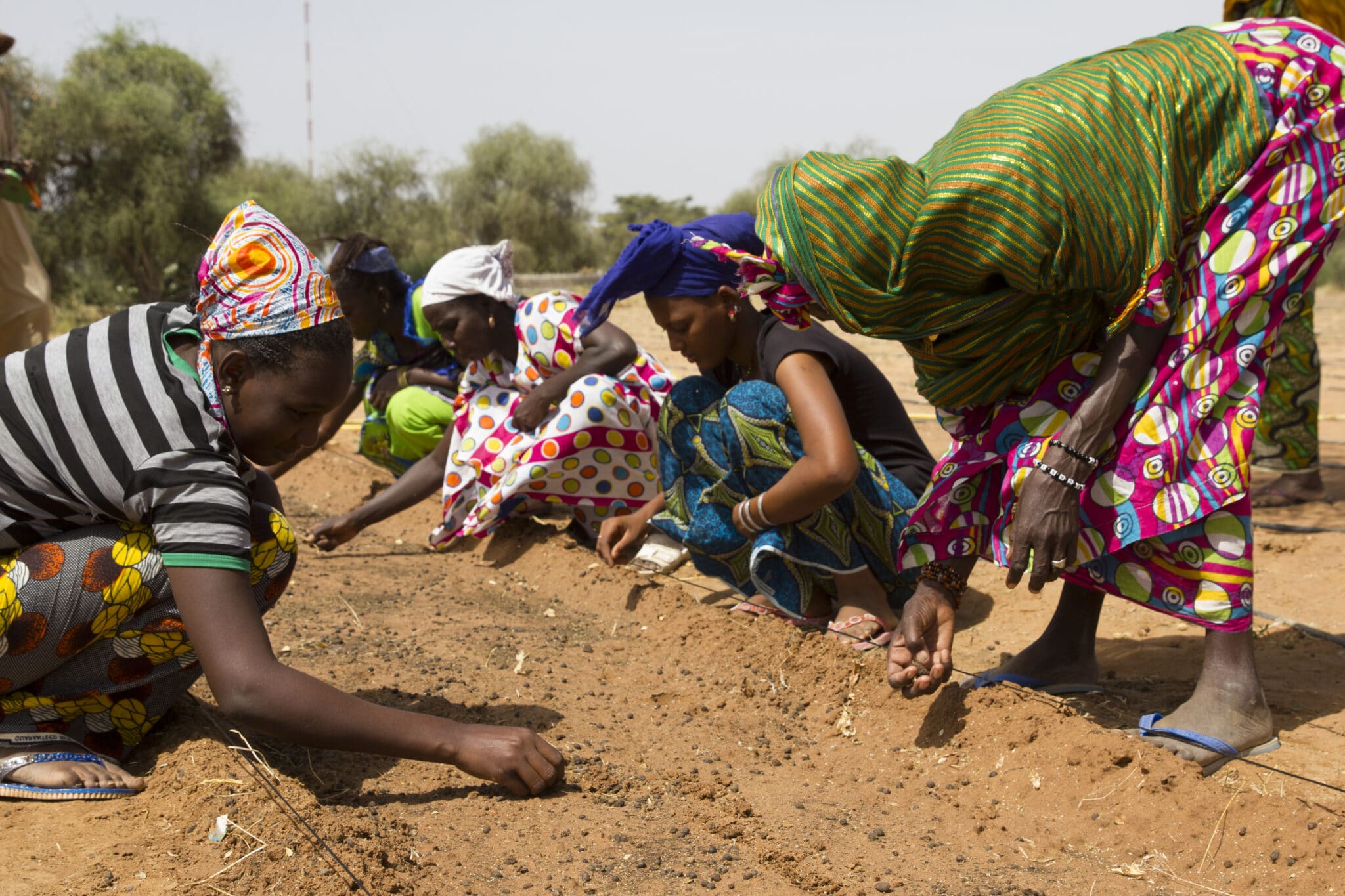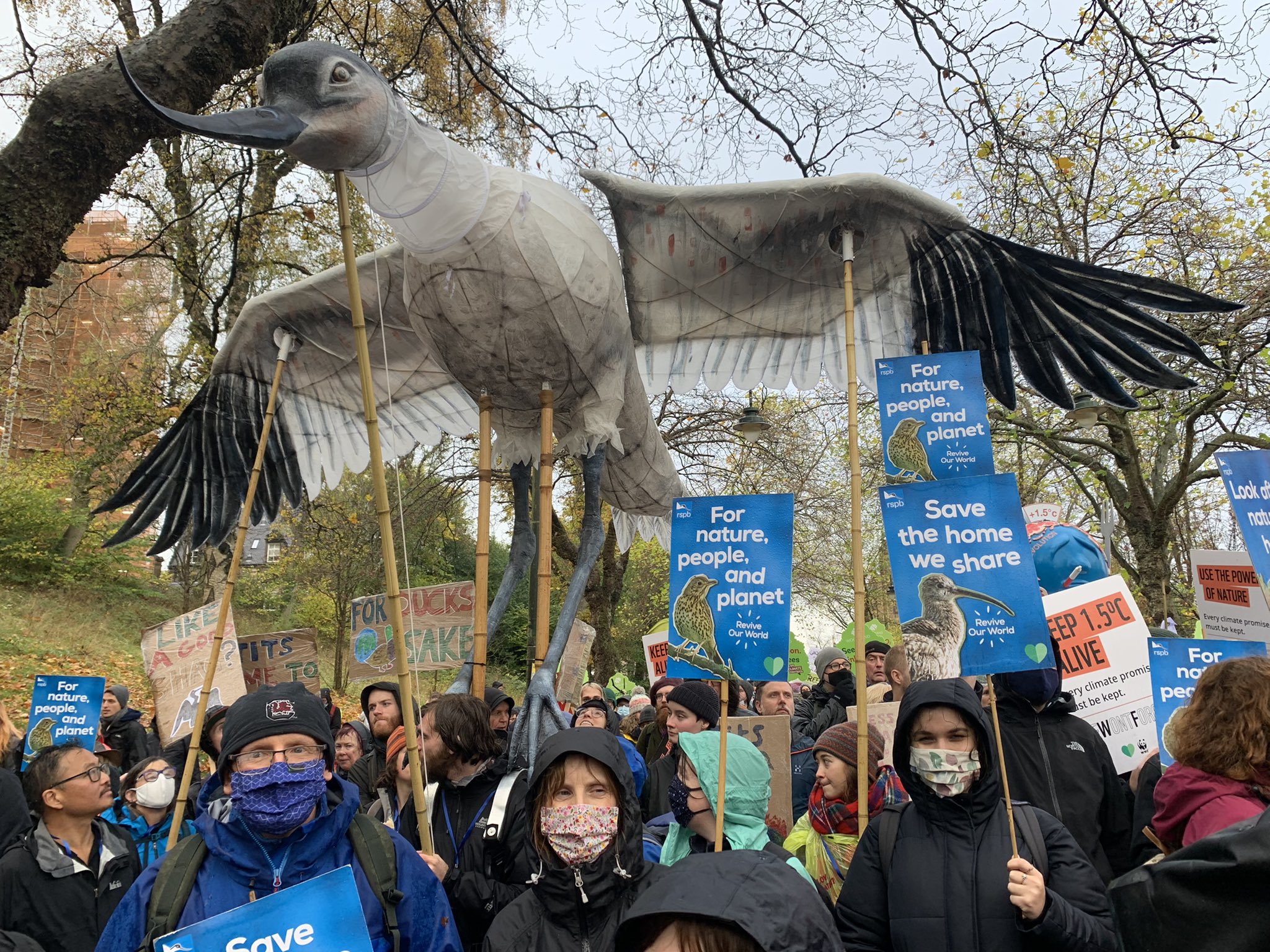Our vision for a green recovery from COVID‑19
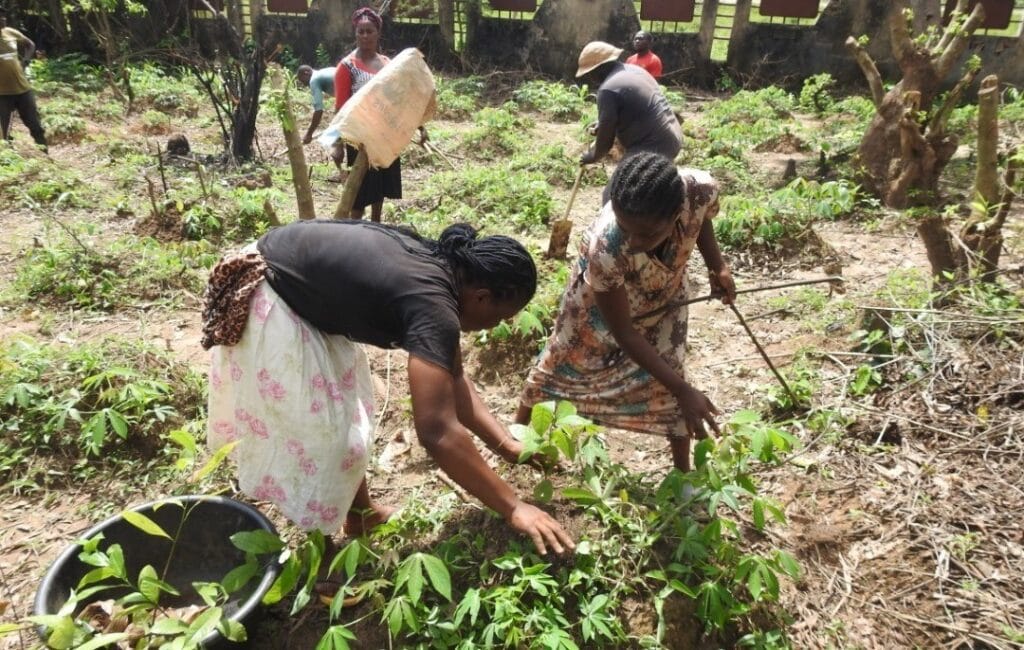
As countries rebuild their economies after the COVID-19 pandemic, BirdLife is here to make sure they put nature at the heart of their recovery plans. Find out about the Green Recovery Principles that BirdLife is championing at this year’s major environmental conferences.
Amy McDougall, Global Biodiversity Policy Coordinator, BirdLife International
Today we stand at a pivotal point in history: the “last minute to midnight”, after which we can no longer fully avert climate and biodiversity crises – the effects of which are already being felt by people across the globe. The UN Climate Change conference (COP26) and the UN Biodiversity Conference – both taking place over the next six months – are our last and best opportunities to face our faults, and to halt and reverse these crises for nature, climate and people.
With a foot in both the biodiversity and climate camps, and a committed advocate for wide-reaching, global policies such as the Paris Agreement on climate change and the upcoming Post-2020 Global Biodiversity Framework, I need a healthy sense of optimism. The next decade is crucial and a lot is at stake.
So, what can we do about it? Well, we can face into the wind – or, for those currently in Glasgow for COP26, the rain – and do our utmost to make sure that we, the BirdLife partnership, are heard and listened to by politicians and decision-makers from across the globe. We will do this by presenting clear choices and solutions, backed up by our on-the-ground experience, which can address these interconnected challenges for the prosperity of all. That is where BirdLife’s Green Recovery Principles come in.
The COVID-19 pandemic has demonstrated the delicate link between humanity and wildlife, and the urgent need to restore nature and “build back better” from the economic disruption of the past two years. BirdLife has developed a set of principles which put nature conservation and restoration at the heart of economic recovery. These principles are designed to guide and reinforce existing national recovery plans, and are aligned with the UN Sustainable Development Goals and other current environmental agreements.
“We, as a society, urgently need to rethink the way we’ve been pushing development and economic growth at the expense of the planet, and move to a system that is truly sustainable for decades to come.”Patricia Zurita, CEO, BirdLife International
Our principles are founded on a green, blue, just, and resilient recovery. This means:
- Recognising social justice is environmental justice: Everyone in the world is dependent on nature, which provides various goods and services critical to humanity’s survival. A green recovery safeguards the wellbeing of vulnerable populations who are hardest hit by nature destruction, ensuring healthy ecosystems and sustainable economic structures. This builds communities’ resilience to change and provides opportunities for them to improve their livelihoods and wellbeing.
- Bringing everyone to the table: To ensure change on a large scale, we need to build agreements and partnerships with many different areas of society, bringing together local communities, civil society organisations, businesses, governments and more.
- Integrating nature into our policies and practices: Nature conservation works best when it’s included right at the planning stage. We need to reimagine our economies and measure our progress not just by money in the bank, but also by human and environmental wellbeing. In addition, companies must shift to sustainable business models that benefit people and nature.
- Building recognition of the importance of nature to our daily lives: A green recovery needs the participation and support of the general public. By educating people and raising awareness of the importance of nature, we will inspire them to champion its protection.
- Investing in nature-positive actions: Funding should be redirected from subsidies and activities that harm the environment, to investments that are sustainable and benefit people and nature.
- A recovery that is blue as well as green: Marine ecosystems play a huge role in regulating the climate, and support the lives and livelihoods of millions of people around the world. We must ensure they are protected in line with existing international environment agreements.
- Tackling the biodiversity and climate crises simultaneously: Climate change and nature conservation aren’t separate issues – they are closely linked and often interact with each other. A green recovery needs to be aligned with existing climate and biodiversity goals including the Paris Agreement and the UN Sustainable Development Goals. By tackling these issues together, we can help reduce emissions, build resilience and improve livelihoods, all while restoring nature.
- A healthy future depends on a green and blue recovery: Let’s face it: the future of the planet is at stake, and the decisions made this year will decide our fates for generations to come. We need to drive home the fact that protecting nature will enhance the wellbeing of humanity, and thus ensure a healthy future for all.
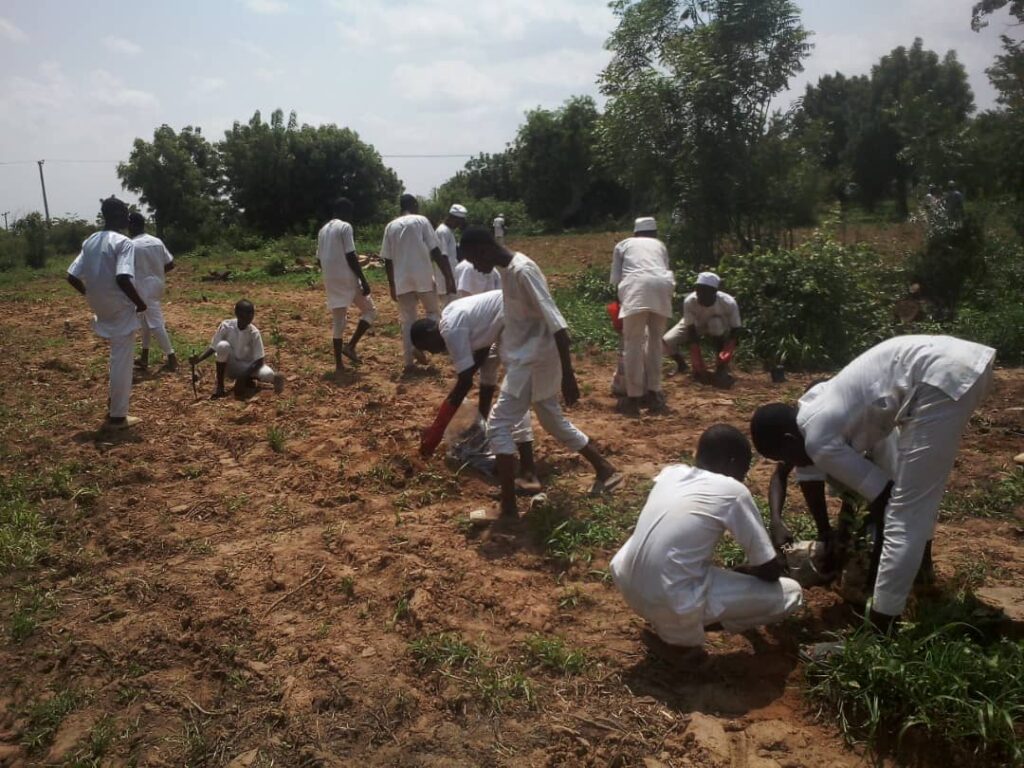
So how does this work on the ground?
As we champion our Green Recovery Principles, we will be showcasing projects from across the BirdLife Partnership that demonstrate how effective this approach can be. BirdLife has an abundance of experience in translating the principles into action, from influencing policies and financial regulations to overseeing nature restoration and developing community partnerships. Here are just two examples.
Nigeria: restoring Nature and improving local livelihoods
The Nigerian Conservation Foundation (BirdLife Partner) is helping to implement the Green Recovery Nigeria initiative in partnership with the Federal Government, through the Ministry of Environment’s National Forestry Trust Fund. In 2020, they partnered with local communities and other institutions to plant more than 1.7 million seedlings across the country. By ensuring the right trees are in the right place and restoring the country’s forest cover, they are giving nature a home, improving local livelihoods, and enhancing protection against disease transmission. Furthermore, their Re-greening Nigeria programme has provided an opportunity for environmental education and awareness-raising in the country.
New Zealand: a recovery for people and planet
Forest & Bird, our partner in New Zealand, collaborated closely with the New Zealand Government when developing its post-COVID response plan, making the case for nature’s recovery as the cornerstone of a post-COVID recovery. They demonstrated to policymakers how a post-COVID recovery based on nature would boost the economy, create new jobs, and build resilience against future shocks. As part of this, they laid out specific action plans which could protect nature on private land, promote sustainable fisheries, encourage reforestation and connect people with nature. The result: successfully unlocking NZ $1.1 billion for nature.
Stay up to date
Sign up to receive the latest bird conservation news. You’ll also receive updates about our projects, science and other ways to get involved including fundraising.
Thank you for your support, we are committed to protecting your personal information and privacy. For more information on how we use your data, please see our Privacy Policy. You can unsubscribe from emails at any time by using the link in the footer of any email from us.


